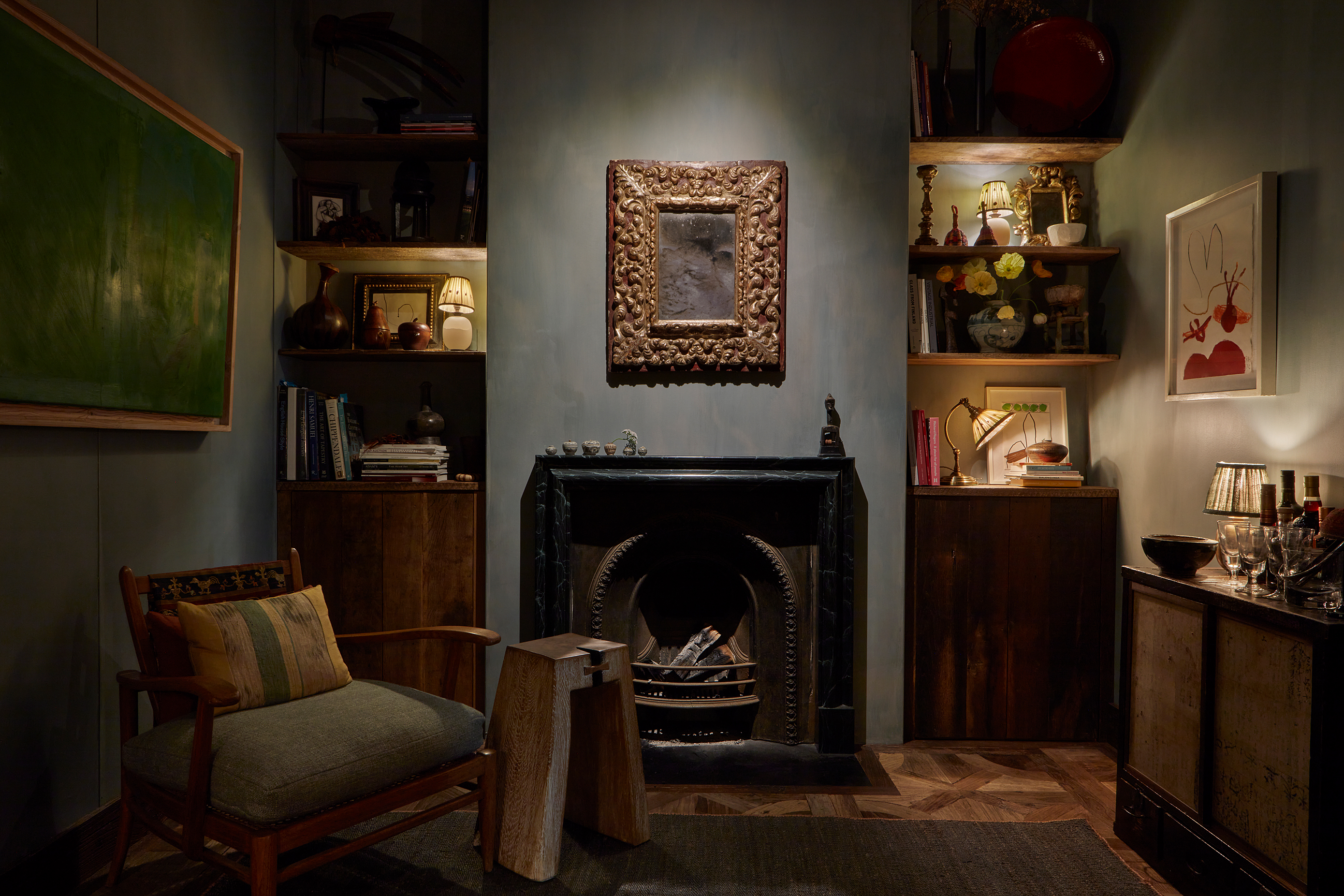Giles Kime: 'Darkness in an interior is equally as beguiling as large amounts of natural light'
Why subtle lighting is about more than a dimmer switch.


At every WOW!house, there have been three types of room that have particularly piqued my interest — the ones that are small, those that are dark and, better still, those that are both. Natural light, height and space might be the ideal, but designers often tackle rooms that have few, if any, of these attributes — and working with them requires a particular type of cunning.
This year, notable examples were James Thurstan Waterworth’s snug for Hector Finch Lighting (main image), Nicola Harding’s powder room for Drummonds and Alex Dauley’s Nucleus Media Room. Collectively, they eloquently demonstrated that darkness in an interior is equally as beguiling as large amounts of natural light and also that achieving it is much more than simply wiring every electrical light with a dimmer switch.
A post shared by Dennis Severs' House (@dennissevershouse)
A photo posted by on
The Georgians were masters of the art of shadowy light, employing both candles and natural light with the help with mirrors and reflective surfaces, such as silver, damask textiles, gilt and lacquer, to bring a room discreetly to life. For inspiration, look no further than the exquisite interior of Dennis Severs's house at No 18, Folgate Street, London, that offers a magical insight into life before electric light.
As visitors to the Hector Finch rooms will have noted, modern lighting can be manipulated to have a similarly ethereal glow, principally with the help of lampshades that have a degree of translucency, notably silk, a material that was the secret to lights dreamt up by early-20th-century artist and designer Mariano Fortuny. Shades that are made from dark, opaque materials, such as heavy linen, simply throw the light downwards.
Hector Finch’s May Lamp, which featured in the space, was inspired by the architect and designer W. A. S. Benson and fitted with a shade in sari fabric. Another classic option is vellum, made from animal skin — Jamb, sells one in goatskin. Both exude a diaphanous light that offers respite for sore eyes.
This feature originally appeared in the August 13, 2025, issue of Country Life. Click here for more information on how to subscribe
Exquisite houses, the beauty of Nature, and how to get the most from your life, straight to your inbox.
